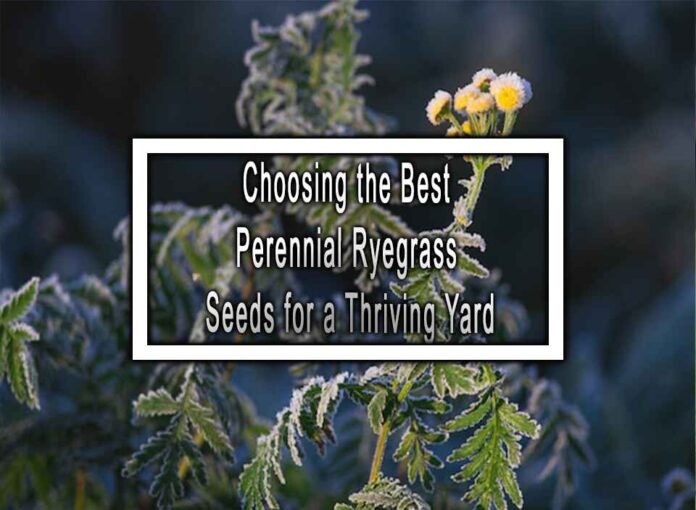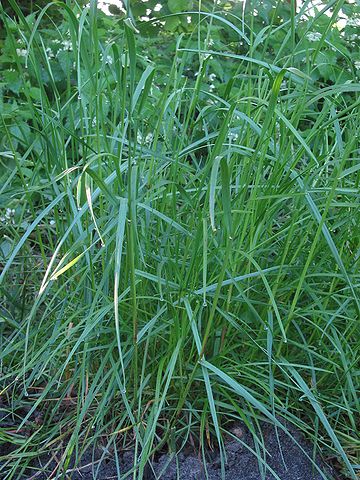Selecting the best perennial ryegrass seeds for a thriving yard involves considering factors such as your location, climate, soil type, intended use, and maintenance preferences. Here are some key considerations to help you choose the right perennial ryegrass seeds:
Climate and Region:
- Choose ryegrass varieties that are well-suited to your local climate and growing conditions. Different perennial ryegrass cultivars may perform better in cool, temperate, or transitional climate zones.
Intended Use:
- Determine the primary purpose of your lawn. Are you looking for a lawn with a fine-textured appearance, or is it intended for high-traffic areas, such as a sports field or playground? Select ryegrass varieties accordingly.
- For ornamental lawns and landscapes, consider fine-leafed perennial ryegrass varieties that offer a lush, manicured appearance.
- For high-traffic areas, look for ryegrass varieties known for durability and wear tolerance.

Seed Blend or Pure Ryegrass:
- Decide whether you want to use pure perennial ryegrass or blend it with other cool-season grasses, such as Kentucky bluegrass or fine fescue, for a more diverse and resilient lawn. Seed blends can offer advantages like disease resistance and adaptability to varying conditions.
Seeding Rate:
- Calculate the appropriate seeding rate based on your lawn’s size. Follow the recommended seeding rate provided on the seed packaging for your chosen ryegrass variety or blend.
Disease Resistance:
- Check if the ryegrass variety you’re considering has good disease resistance, especially if your region is prone to lawn diseases. Resistant varieties can help maintain the health and appearance of your lawn.
Maintenance Preferences:
- Consider your willingness and ability to invest in lawn maintenance. Some ryegrass varieties require more frequent mowing and care to maintain their fine appearance, while others are more forgiving and low-maintenance.
Quality of Seed:
- Purchase high-quality ryegrass seed from reputable suppliers. Look for seeds that have been certified for purity and germination rates to ensure successful establishment.
Shade Tolerance:
- Assess the amount of sunlight your lawn receives. Some ryegrass varieties have better shade tolerance than others. If your lawn has shaded areas, choose a shade-tolerant ryegrass variety or blend.
Soil Conditions:
- Consider your soil type and its drainage capabilities. Some ryegrass varieties are more adaptable to different soil types, while others may have specific soil preferences.
Budget:
- Determine your budget for lawn seed. While quality seed may cost more upfront, it can lead to better results and a healthier, more attractive lawn in the long run.
Local Recommendations:
- Seek advice from local experts, such as garden centers, agricultural extension offices, or experienced gardeners in your area. They can provide insights into which ryegrass varieties perform well locally.
Remember that the best ryegrass seeds for your lawn may vary based on your unique circumstances and preferences. It’s often a good idea to consult with local experts who have knowledge of the specific conditions in your region to make an informed choice.











